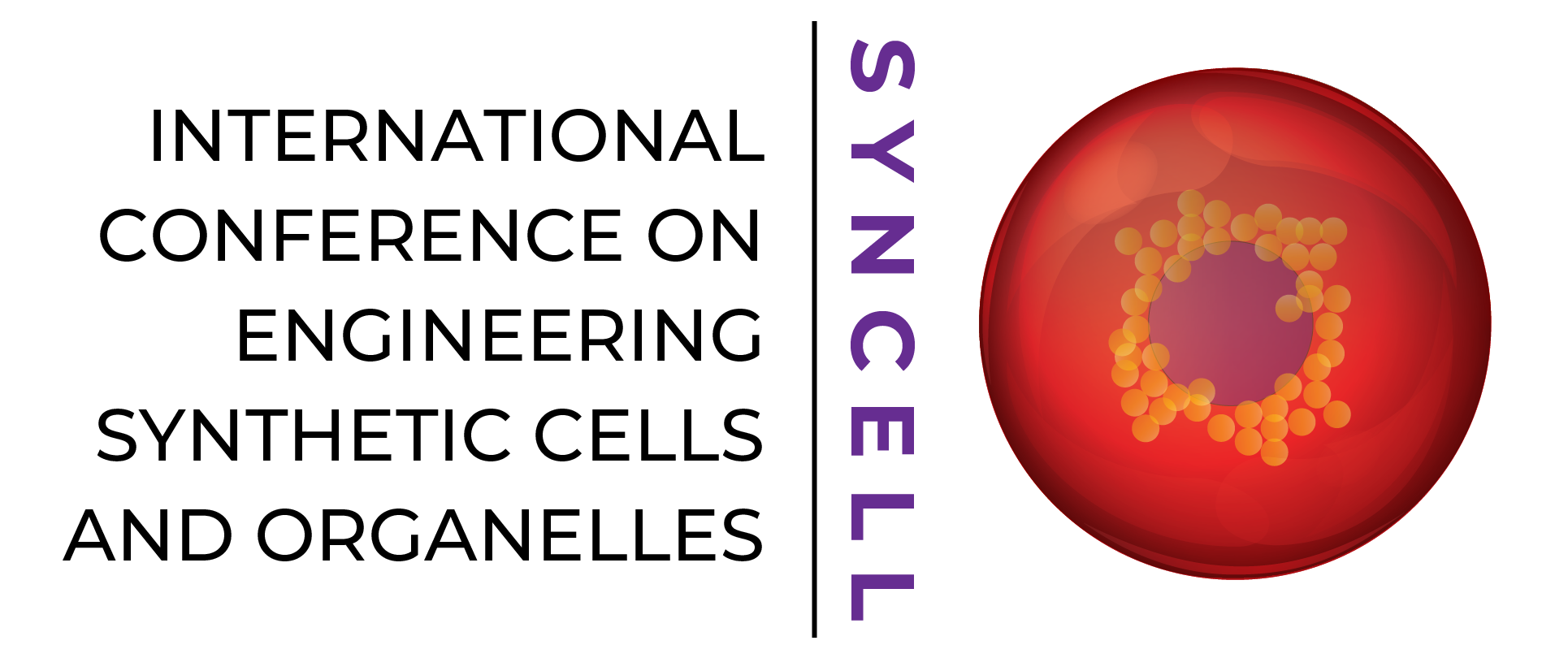
Artificial mitochondrion, bottom-up!
Presented by: Lado Otrin
Max Planck Institute for Dynamics of Complex Technical Systems
Contributed Talk
Abstract
LADO OTRIN
Title: Artificial mitochondrion, bottom-up!
Lado Otrin1, Christoph Diehl2, Tobias Erb2, Kai Sundmacher3, Tanja Vidaković-Koch1
1Electrochemical Energy Conversion, Max Planck Institute for Dynamics of Complex Technical Systems, Sandtorstrasse 1, 39106 Magdeburg, Germany
2Biochemistry and Synthetic Metabolism, Max Planck Institute for Terrestrial Microbiology, Karl von Frisch Strasse 10, 35043 Marburg, Germany
3Process Systems Engineering, Max Planck Institute for Dynamics of Complex Technical Systems, Sandtorstrasse 1, 39106 Magdeburg, Germany
Keywords: artificial organelle, ATP regeneration, bottom-up synthetic biology, oxidative phosphorylation, CO2 fixation
In bottom-up synthetic biology we are able to mimic the rapidly increasing number of life processes. Nevertheless, thus far, we cannot avoid mimicking their high energy demand as well. Therefore, a versatile energy regeneration organelle, which would enable continuous supply of adenosine triphosphate (ATP) and would allow for integration with other life processes-mimicking modules is highly sought after. Towards this end, we designed an artificial mitochondrion, consisting of two functional modules – the artificial respiratory chain (ARC), capable of ATP regeneration via oxidative phosphorylation, and the metabolic conversion cascade, which provides the reducing power required for the establishment of proton motive force by the ARC. The ARC was constructed by functional integration of, for the first time, three transmembrane proteins: a NADH dehydrogenase, a bo3 quinol oxidase and an ATP synthase, bridged by the synthetic ubiquinone 1. With ARC, we were able to continuously regenerate ATP over the course of several hours. Next, we addressed the oxygen-dependency of our system by introducing an auxiliary oxygen-releasing system, which further significantly increased the output of our module. Finally, we coupled ARC with the energy demanding synthetic metabolic pathway for the fixation of CO2 comprising 17 enzymes, known as the “CETCH cycle”, to form the prototype of a fully functional artificial mitochondrion. Driven by a sole energy source – formate, the artificial mitochondrion is capable of converting CO2 into malate, while the ARC is providing ATP and NAD+ regeneration, eliminating the need for the second sacrificial substrate. Work sponsored by BMBF and MPG.
